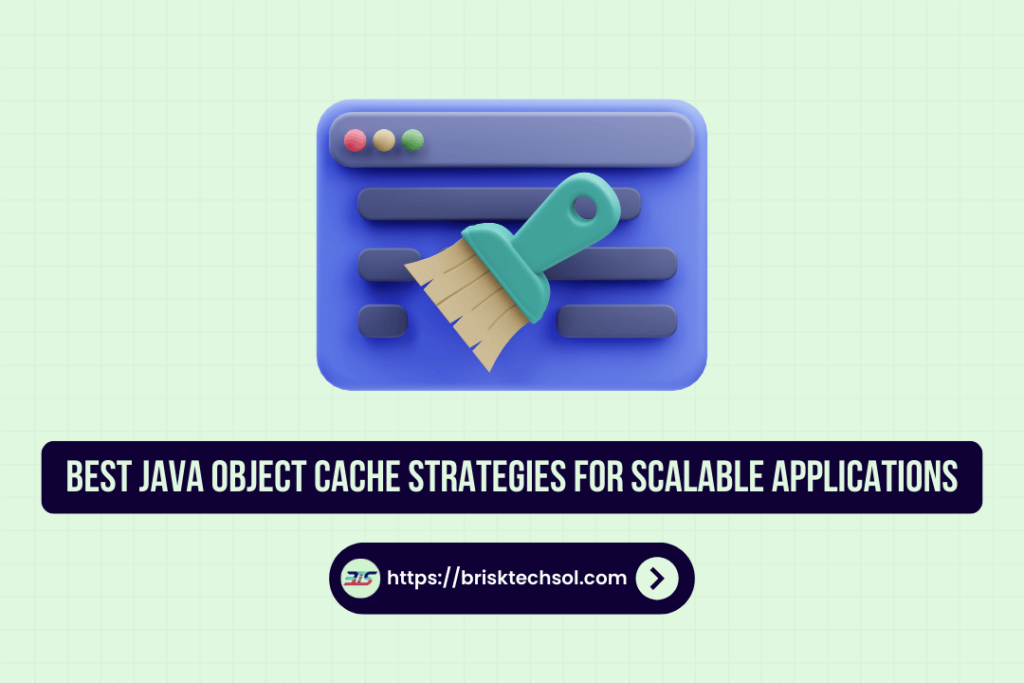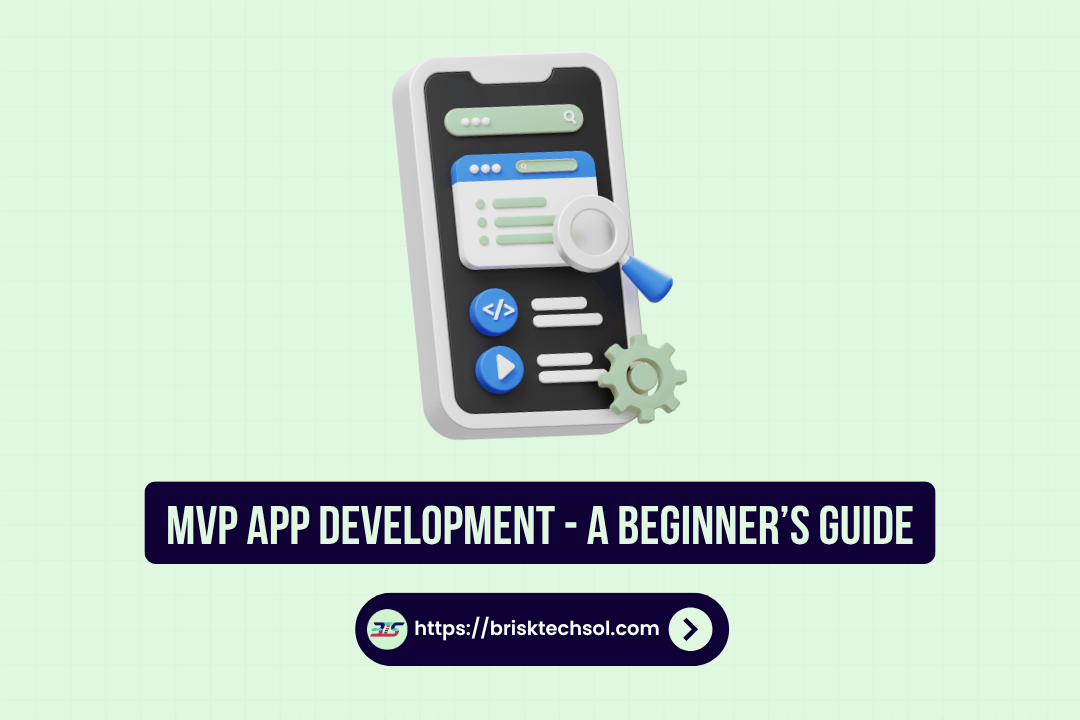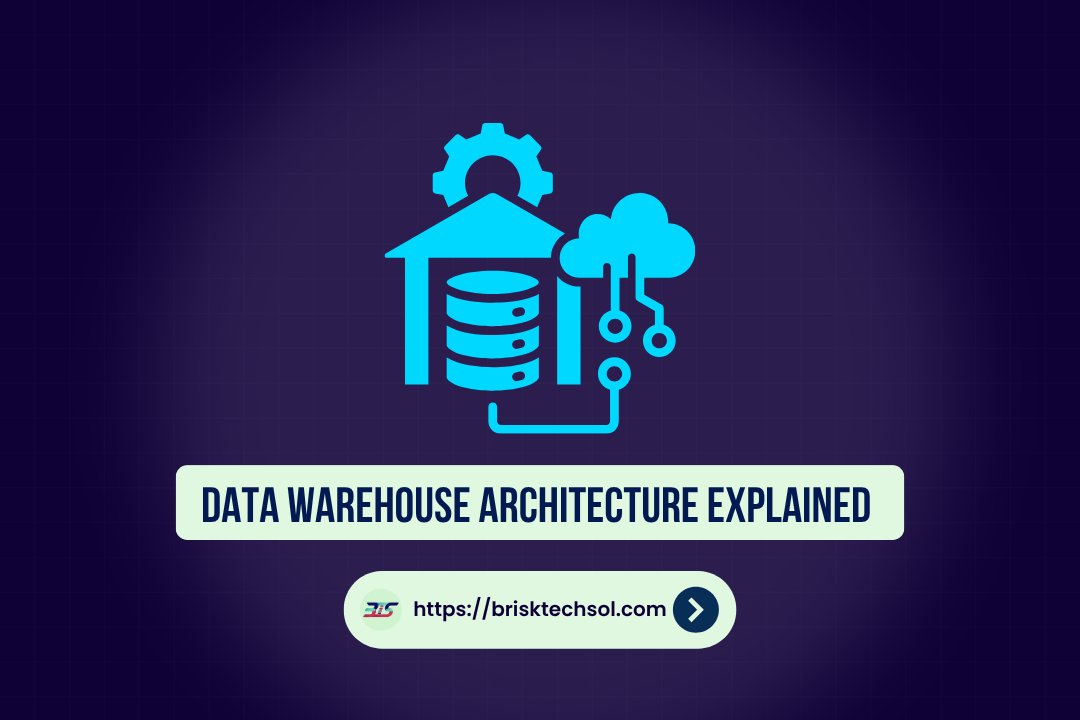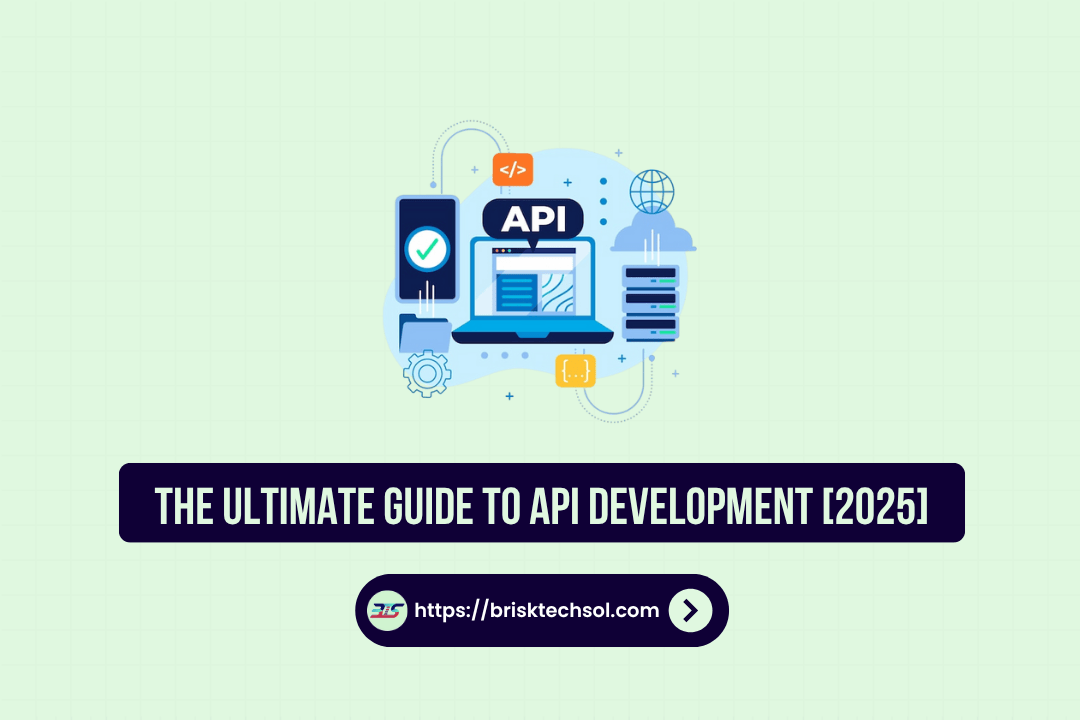Java object caching strategies are essential for building scalable, high-performance applications. In this comprehensive guide, we explore various caching techniques, from in-memory to distributed caching, and delve into best practices, performance metrics, and implementation tips. This article serves as a go-to resource for developers seeking to optimize Java applications through effective caching solutions. Master these techniques to achieve high performance.
Overview of Java Caching and Its Role in Scalability
Caching is the process of storing frequently accessed data in a temporary storage layer to speed up subsequent requests. In Java applications, object caching plays a pivotal role in reducing latency and offloading pressure from primary data stores. As modern applications handle increasing volumes of traffic and data, caching becomes a critical tool for ensuring a responsive and scalable system.
Consider that many high-traffic websites rely on caching to cut down database queries by up to 70%. By temporarily storing objects in memory, applications can return results within milliseconds, rather than waiting for repeated database lookups. This efficiency is particularly crucial in distributed systems where network delays can impact user experience.
Java offers several caching solutions ranging from simple in-memory caches provided by libraries like Guava and Ehcache, to robust distributed caches like Redis and Memcached. In-memory caching works best for applications with predictable data patterns and where low latency is paramount. In contrast, distributed caching offers a scalable approach that shares cached data across multiple servers, making it ideal for cloud-based and microservices architectures.
Moreover, caching supports enhanced resource utilization. By offloading repetitive data retrieval from slower persistent storage systems, applications can focus computational power on core business logic. As developers integrate caching, they must also consider cache invalidation strategies, eviction policies (such as Least Recently Used or Least Frequently Used), and Time-to-Live (TTL) settings to ensure data consistency and optimal performance.
Deep Dive into Object Caching Strategies
Java developers have a variety of caching strategies at their disposal. In this section, we’ll examine three core approaches each with its advantages and trade-offs.
In-Memory Caching
In-memory caching is perhaps the simplest method. Tools such as Guava and Ehcache allow developers to cache objects directly within the application’s memory.
- Advantages:
- Speed: Data retrieval is extremely fast, often measured in microseconds.
- Simplicity: Implementation is straightforward, with minimal configuration.
- Cost-Effective: No need for external servers.
- Limitations:
- Scalability: The cache is limited by the available memory on a single node.
- Fault Tolerance: In case of a system crash, cached data is lost.
Developers often configure eviction policies like LRU (Least Recently Used) to manage memory consumption effectively. A quick comparison table highlights these trade-offs:
| Strategy | Library/Tool | Use Case | Pros | Cons |
|---|---|---|---|---|
| In-Memory Caching | Guava/Ehcache | Low-latency, small-scale | Fast, simple integration | Limited scalability, non-persistent |
| Distributed Caching | Redis/Memcached | Large-scale, cloud-based | Highly scalable, shared across nodes | Increased complexity, network latency |
Distributed Caching
Distributed caching overcomes the memory limits of a single node by distributing data across multiple servers. Tools such as Redis and Memcached are popular in this realm.
- Advantages:
- Scalability: Easily accommodates growing data volumes across clusters.
- Reliability: Data is often replicated, ensuring higher availability.
- Flexibility: Suitable for microservices architectures and cloud environments.
- Limitations:
- Complexity: Requires additional infrastructure setup and maintenance.
- Latency: Network overhead can add slight delays compared to in-memory solutions.
Distributed caching is ideal for large-scale applications where performance and fault tolerance are critical. Techniques such as data partitioning and replication are frequently employed to maintain consistency and reliability. In some cases, developers choose hybrid approaches that combine the speed of in-memory caching with the scalability of distributed caches.
Hybrid and Custom Approaches
Hybrid caching strategies blend in-memory and distributed approaches. For instance, an application might use in-memory caching for immediate, frequently requested data, while leveraging a distributed cache to store less frequently accessed but still critical data.
- Key Considerations:
- Consistency: Ensure synchronization between in-memory and distributed caches.
- Latency vs. Scalability: Balance between rapid access and system-wide scalability.
Furthermore, custom caching solutions may be built to handle specific requirements, such as dynamic cache invalidation based on business logic or machine learning algorithms that predict cacheable data. This area is ripe for innovation, with many enterprises developing proprietary methods to further optimize performance.
Cache Eviction Policies & TTL
Selecting the right eviction policy is critical. Options include:
- LRU (Least Recently Used): Evicts the least accessed data.
- LFU (Least Frequently Used): Focuses on data that is rarely requested.
- FIFO (First In, First Out): Removes the oldest cached entries.
Time-to-Live (TTL) settings are equally important. Setting appropriate TTL values helps in maintaining data freshness while avoiding unnecessary memory bloat.
In summary, each caching strategy offers distinct advantages depending on your application’s scale, performance needs, and complexity. By understanding the trade-offs, you can tailor your caching approach to maximize efficiency and ensure seamless scalability.
Implementing Caching in Java Applications
Implementing caching in Java starts with choosing the right framework. Whether you opt for an off-the-shelf solution like Ehcache or a cloud-based system like Redis, the integration process follows several common steps:
- Setup and Configuration:
- Integrate the caching library into your project using Maven or Gradle.
- Configure the cache settings (size limits, TTL, eviction policies) in a configuration file or through code.
- Code Implementation:
- Initialize the cache in your application’s startup routine.Wrap data retrieval logic with caching calls. For example, if data is available in the cache, return it immediately; otherwise, fetch from the database and populate the cache.Use annotations or aspect-oriented programming (AOP) to seamlessly integrate caching in service layers.
javaCopyEditCache<String, User> userCache = CacheBuilder.newBuilder() .maximumSize(1000) .expireAfterWrite(10, TimeUnit.MINUTES) .build(); public User getUser(String id) { User user = userCache.getIfPresent(id); if(user == null) { user = userService.findUserById(id); userCache.put(id, user); } return user; } - Testing and Benchmarking:
- Use load testing tools to simulate high traffic and measure improvements in response times.
- Monitor cache hit ratios and latency using performance monitoring tools (e.g., JMX or Prometheus).
- Real-World Use Cases:
- E-commerce sites caching product details to handle high concurrent traffic.
- Financial applications reducing load on transactional databases by caching frequently requested data.
- Integration Best Practices:
- Ensure proper error handling when the cache is unavailable.
- Use fallback mechanisms to maintain service availability.
- Regularly review and tune cache configurations based on performance metrics.
By following these steps, developers can integrate caching seamlessly into Java applications, resulting in improved performance and better resource management. Testing in a staging environment before production rollout is essential to fine-tune configurations and ensure that the caching layer works harmoniously with your overall system architecture.
Best Practices and Performance Metrics
Effective caching is not just about implementation it’s also about monitoring and continual improvement. Here are some best practices to ensure your caching strategy delivers maximum benefit:
- Monitor Key Metrics:
- Cache Hit Ratio: The percentage of cache requests that result in a hit. Aim for a high hit ratio (typically 70–90%).
- Latency: Measure the time taken to fetch data from the cache versus the database.
- Memory Utilization: Track how much memory your cache consumes and adjust size limits accordingly.
- Best Practices:
- Keep It Simple: Start with basic caching strategies and iterate as needed.
- Regular Invalidation: Implement robust cache invalidation policies to avoid serving stale data.
- Load Testing: Use industry-standard benchmarking tools to simulate load and adjust configurations.
- Documentation and Code Reviews: Maintain clear documentation for caching configurations and regularly review code for potential optimizations.
- Performance Metrics Table: MetricDescriptionTarget/Ideal RangeCache Hit Ratio% of requests served by the cache70% – 90%LatencyData retrieval time from the cache<5 ms (for in-memory caches)Memory UsageCache memory footprintDepends on application scale
- Industry Benchmark Data:
- Studies reveal that optimizing cache hit ratios can lead to up to a 50% improvement in overall response time.
- Enterprises using distributed caches report significant cost savings in reduced database loads.
Adopting these best practices and monitoring the associated performance metrics helps ensure that your caching layer remains efficient and scalable over time. Regular performance reviews and configuration adjustments should be part of your maintenance routine.
Challenges And Considerations
While caching can dramatically improve performance, developers must navigate several challenges:
- Data Consistency and Cache Invalidation:
Keeping data synchronized between the cache and the source of truth (usually a database) is a primary challenge. Effective invalidation policies and refresh strategies are crucial to avoid serving outdated information. - Memory Management:
Over-caching can lead to high memory usage. Balancing cache size with available resources requires careful tuning and continuous monitoring. - Complexity in Distributed Systems:
Implementing distributed caching introduces network latency and consistency issues. Developers must design robust solutions that handle node failures gracefully. - Security and Data Privacy:
Cached data may be sensitive. Implementing proper security measures (such as encryption and access controls) is essential in ensuring that cached objects do not become a vulnerability.
Conclusion
In conclusion, selecting the right Java object caching strategy is vital for building scalable and high-performance applications. By understanding in-memory, distributed, and hybrid caching approaches and by following best practices and monitoring performance metrics developers can significantly enhance application responsiveness.
FAQ’S
Q1: What is Java object caching, and why is it important?
Answer: Java object caching involves storing frequently used objects in temporary memory to reduce database load and speed up response times. It is crucial for scalability and ensuring a seamless user experience, especially in high-traffic applications.
Q2: What are the primary caching strategies used in Java applications?
Answer: The main strategies include in-memory caching (using tools like Guava or Ehcache), distributed caching (using Redis or Memcached), and hybrid approaches that combine both methods to balance speed and scalability.
Q3: How does in-memory caching differ from distributed caching?
Answer: In-memory caching stores data locally for rapid access, but it is limited by the memory of a single server. Distributed caching spreads data across multiple nodes, allowing for greater scalability and fault tolerance, albeit with slightly higher latency due to network overhead.
Q4: What are the key performance metrics for evaluating caching efficiency?
Answer: Important metrics include the cache hit ratio, latency in data retrieval, and memory usage. A high cache hit ratio (70–90%) coupled with low latency indicates effective caching that significantly boosts application performance.
Q5: What challenges might I face when implementing Java caching strategies?
Answer: Common challenges include ensuring data consistency, managing memory effectively, handling cache invalidation, and dealing with the complexity of distributed systems. Adopting best practices and continuous performance monitoring can help overcome these hurdles.









